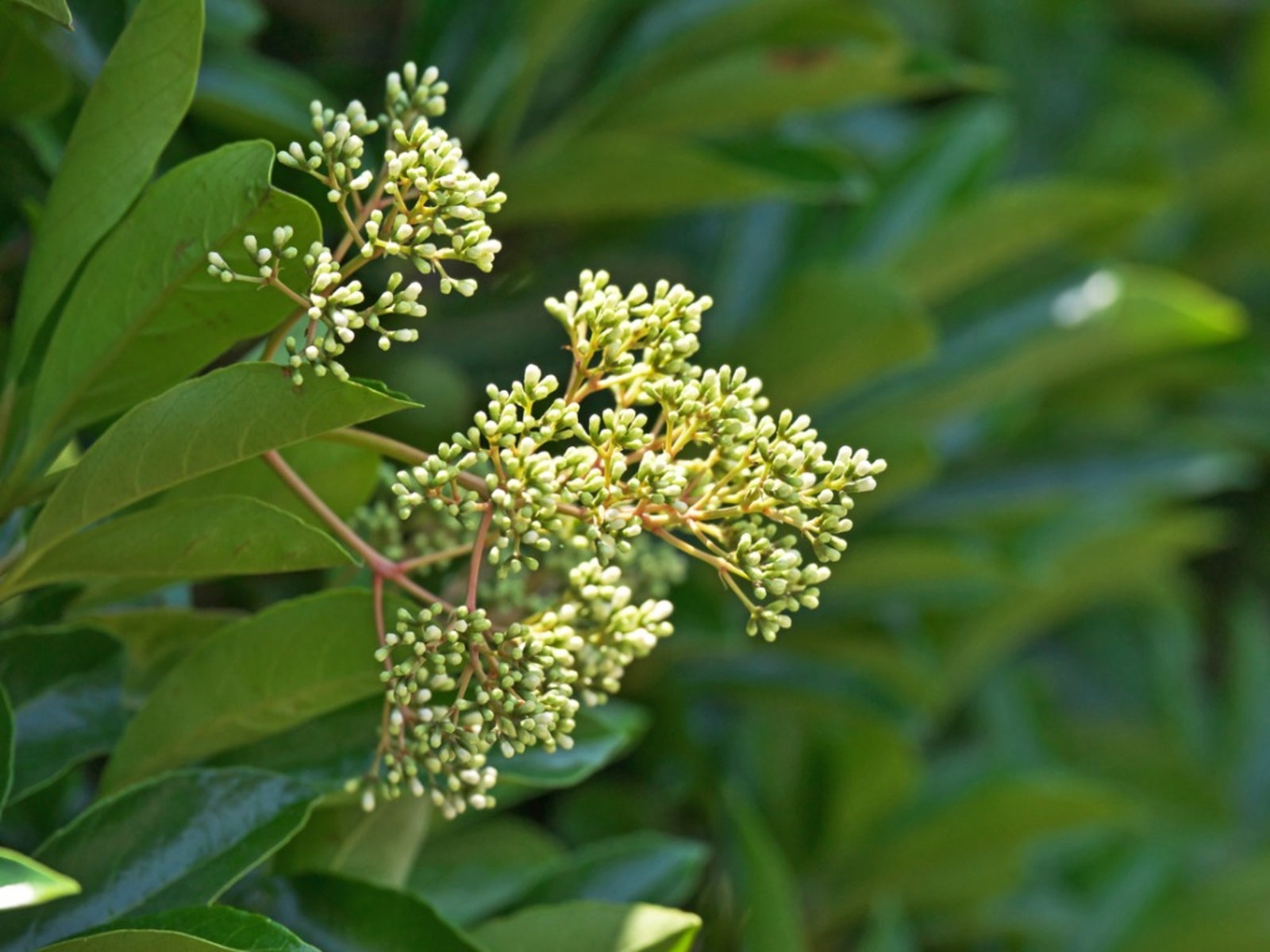Sweet Viburnum Care: Growing Sweet Viburnum Bushes


Growing sweet viburnum bushes (Viburnum odoratissimum) adds the delightful element of fragrance to your garden. This member of the large viburnum family offers showy, snowy, spring blossoms with a very appealing scent. For sweet viburnum information including how to care for sweet viburnum, read on.
Sweet Viburnum Information
The extremely fragrant flowers of the sweet viburnum are tiny, but the shrub is enormous. At 20 feet (6 m.) tall, it qualifies as a small tree. In springtime, the entire canopy is covered with the tiny blossoms. This has long made it a landscape favorite. Growing sweet viburnum bushes is recommended in warmer regions of the country, like coastal areas. The species thrives in USDA plant hardiness zones 8b through 10a. According to sweet viburnum information, this area includes the southern coast from Florida through eastern Texas and the entire Pacific Coast.
Sweet Viburnum Growing Conditions
If you are thinking of growing sweet viburnum bushes, you’ll want to figure out optimal sweet viburnum growing conditions. The tree thrives in either full sun or partial shade, and accepts almost any type of soil, including clay and sand, as long as it drains well. It does well in both acidic and alkaline soil. On the other hand, ideal sweet viburnum growing conditions do not include salty soil. It also has low aerosol salt tolerance.
How to Care for Sweet Viburnum
Sweet viburnum care is delightfully simple, as long as you plant the tree in an appropriate site. This large shrub establishes quickly in either a full sun or a shady location. It needs irrigation for the first growing seasons. However, once it establishes a solid root system, it grows perfectly happily without much irrigation. Although the tree is relatively maintenance free, you’ll want to shape it and prune it to control the size. The canopy grows in just fine without pruning or training but snip out some of the interior sprouts and shoots to show off the trunk. If you plant the tree near a sidewalk, sweet viburnum care includes removing lower branches for pedestrian clearance. When you are growing sweet viburnum bushes, you probably won’t have many worries. Surface roots are usually not a problem, and the shrub’s long-term health is usually not threatened by pests.
Sign up for the Gardening Know How newsletter today and receive a free copy of our e-book "How to Grow Delicious Tomatoes".

Teo Spengler is a master gardener and a docent at the San Francisco Botanical Garden, where she hosts public tours. She has studied horticulture and written about nature, trees, plants, and gardening for more than two decades, following a career as an attorney and legal writer. Her extended family includes some 30 houseplants and hundreds of outdoor plants, including 250 trees, which are her main passion. Spengler currently splits her life between San Francisco and the French Basque Country, though she was raised in Alaska, giving her experience of gardening in a range of climates.